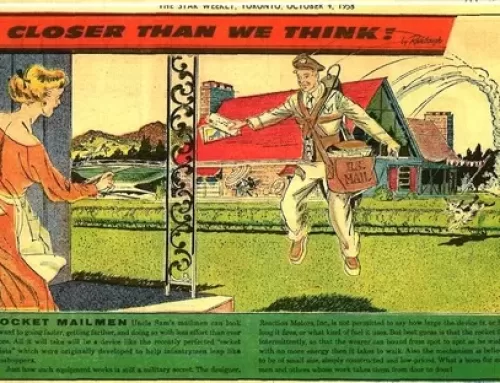When Mies Van Der Rohe first imagined the modern skyscraper, he envisioned a soaring skeletal structure of steel clad in glass facets, creating a crystal prism in stark contrast to the heavy, ponderous buildings that lined the Friedrichstrasse. The idea was revolutionary for 1921 and helped change the way tall buildings were designed and constructed.
Mies vision was fueled by the technology of his time. Stone edifices had given way to steel and concrete, which allowed for greater structural integrity, and therefore taller buildings and larger expanses of glass. Over the decades since his first foray into high rise design, very few advancements have been made over the durability and flexibility of steel.
But that is changing.
Steel is responsible for at least 5% of global emissions. It is also heavy and not the easiest material to fabricate. Concrete is a common building material, but it too has issues, such as lengthy construction times, a power-sucking manufacturing process, and a massive amount of weight. The tallest building in the world, the Burj Khalifa, contains 31.4 metric tons of steel and 330,000 cubic meters of concrete. So how do we reconcile that kind of environmental expense with our furious need to build things ever taller?
In the future we are going to ditch the steel and concrete in favor of wood. One day you may find yourself driving up to your blond wood high-rise apartment in a wooden car.
For a long time wood was the only material going. Everyone and their grannie’s goat herder had a yurt made from wood. It was the ‘it’ material for millennia, but it eventually became a liability as cities became more densely populated. It was phased out of use for many projects due to fire hazard; small sticks of wood go up like tinder.
The new engineered woods are even more resistant to fire than steel. They are lightweight, sustainable, easy to assemble, and flexible enough to withstand tremendous earthquakes. Architects have taken note. There are already wood products at play in new projects across the globe:
- Central Park Tower, a turbine powered high-rise in Central Park created to clean up a toxic reservoir
- The Sumitomo Forestry Tower in Tokyo is set to become the world’s tallest timber tower, and at 350ft will meet the modern definition of skyscraper
- The River Beech proposal will place an 80 story beech building on Chicago’s riverfront
- An organic Hadid-esque football stadium in England
There are dozens of buildings springing up from Stockholm to Minneapolis. The current material of choice is CLT, large panels of a highly structural and inflammable ply. But there is a new wood material on the horizon that is stronger than titanium. Researchers at the University of Maryland have created a densification process for wood that collapses its cell walls into a super-strong nano structure 12 times stronger than natural wood. The implications for this new technique are nothing short of amazing. Soft, quick-growing woods such as pine could be made as dense as hardwood. Timber towers could match the very tallest steel towers. Because wood is easy to shape it could change the look of every skyline into something much more freeform and organic. Instead of mining for materials we can never replace, we could just plant a new generation of poplars.
Mies Van Der Rohe revolutionized architecture with the creation of his highly geometrical, faceted structures; forms which were dictated by the technology of his era. I think it is time for a new revolution in design/build, this time one firmly rooted in nature. — Rachel Young

